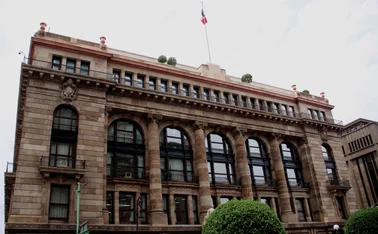
Fiscal dominance can invert transmission mechanism, Lahiri and Patel find
Rate cut may prove contractionary under some institutional designs

Institutional design can twist the monetary transmission mechanism so strongly that policy rate moves end up having the opposite effect to what is expected, according to a working paper published by the Reserve Bank of India (RBI) on February 12.
Authors Amartya Lahiri and Urjit Patel take India as their example, showing by way of a simple model that forcing banks to hold a set amount of government bonds, as India does, can cause lending rates to rise when the policy rate is cut. When they add
Only users who have a paid subscription or are part of a corporate subscription are able to print or copy content.
To access these options, along with all other subscription benefits, please contact info@centralbanking.com or view our subscription options here: subscriptions.centralbanking.com/subscribe
You are currently unable to print this content. Please contact info@centralbanking.com to find out more.
You are currently unable to copy this content. Please contact info@centralbanking.com to find out more.
Copyright Infopro Digital Limited. All rights reserved.
As outlined in our terms and conditions, https://www.infopro-digital.com/terms-and-conditions/subscriptions/ (point 2.4), printing is limited to a single copy.
If you would like to purchase additional rights please email info@centralbanking.com test test test
Copyright Infopro Digital Limited. All rights reserved.
You may share this content using our article tools. As outlined in our terms and conditions, https://www.infopro-digital.com/terms-and-conditions/subscriptions/ (clause 2.4), an Authorised User may only make one copy of the materials for their own personal use. You must also comply with the restrictions in clause 2.5.
If you would like to purchase additional rights please email info@centralbanking.com test test test







